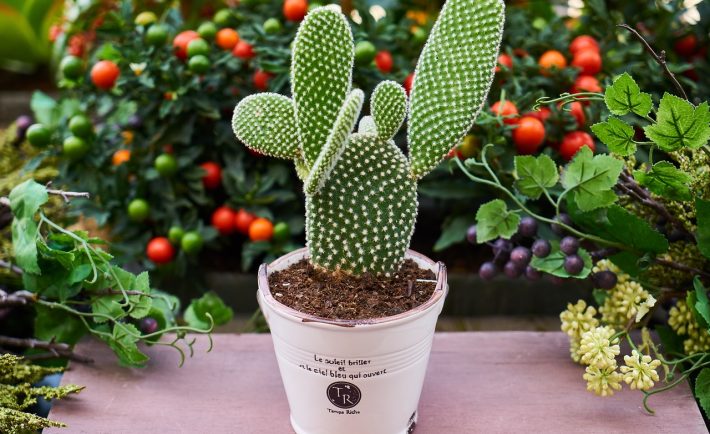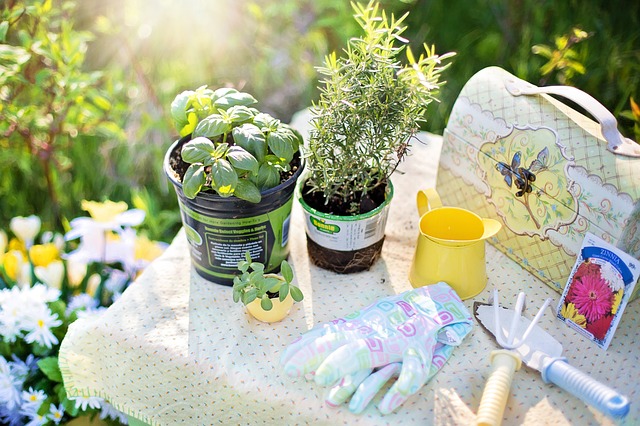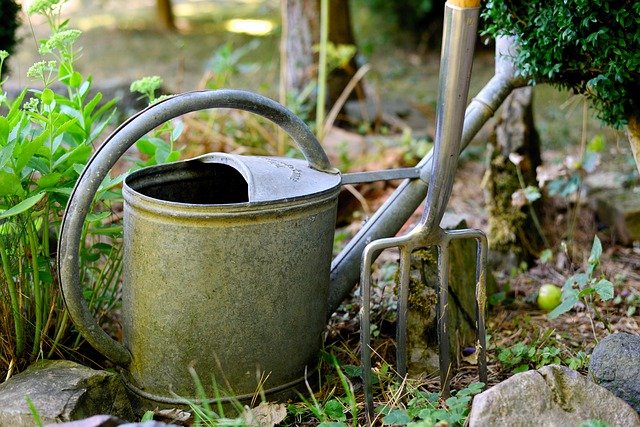
From vibrant succulents to the elusive variegated Monstera, the popularity of growing your own houseplants spiked during the pandemic. Visually driven social media has become a haven for foliage fanatics. Simply ask your friends, who are proud plant-dads or plant-moms, about their collections and they will gush with enthusiasm.
Although this botanic popularity may seem like a fad, people have long been maintaining a love affair with plants. Let us focus on the Millennial generation. Their love of plants roots from the self-care and wellness movements. This generation spend money on wellness categories such as boutique fitness classes and athleisure wear. It only make sense that they embrace the physical and mental health benefits offered by plants. Swipe through Instagram to see what I mean!

Image Credits: pixabay.com
Growing your own greens is a healthy way to save money and to enjoy fresh produce at home. When done correctly, you will be able to significantly cut down your grocery budget. Moreover, growing houseplants can help improve the indoor air quality. You just have to set aside a budget for gardening.
The total bill for a DIY garden will vary by the type of plant grown, the number of plants purchased, and other factors. To calculate the true cost of starting and maintaining a garden throughout the year, add the following factors together.
Cost of plants or seeds
Cost to provide nutrient-rich soil (i.e., dirt, fertilizer, and worms)
Cost to water plants
Cost to protect and structure plants (e.g., cages, coverings, and fences)
Cost of tools and accessories (e.g., garden forks, gloves, and spade)
Do your research when growing an arsenal of tools. You can start with these basic tools.
1. Gloves
Gardening is a wonderful hobby. Keep things on the pleasant side and avoid a thorny situation by using the right pair of gloves. Garden gloves should be durable, but not bulky.
2. Garden Fork
Garden forks can dig into dense soil better than spades. Forks with straight tines are used for digging and are great for rocky or clay soil. Forks with square tines are stronger than flat tines. Lastly, forks with slight curves to the spines are useful for scooping mulch or turning compost piles.
3. Spade
Spades are short-handled square shovels. A spade will help you to dig holes, create edges, and move small mounds of dirt from one are to another. It may be pricey, but a good spade will last for a long time.
4. Hoe
Hoes are useful in cutting down weeds and preparing your flower beds. You garden will dictate which hoe suits it best. For instance, a veggie garden may require a sturdy and wide hoe.
5. Watering Can
There are hundreds of styles, sizes, colors, and nozzle options when buying a watering can. However, the two basic types are plastic and metal. The plastic type may not last as long as the metal type.
6. Trowel
A trowel is useful for moving soil, digging, removing weeds, mixing fertilizer and much more. It is essentially a handheld shovel.

Image Credits: pixabay.com
I hope that this article gave you enough information to get you started. With everything else, do not forget to have fun! Embrace the physical and mental benefits that plants have to offer.




